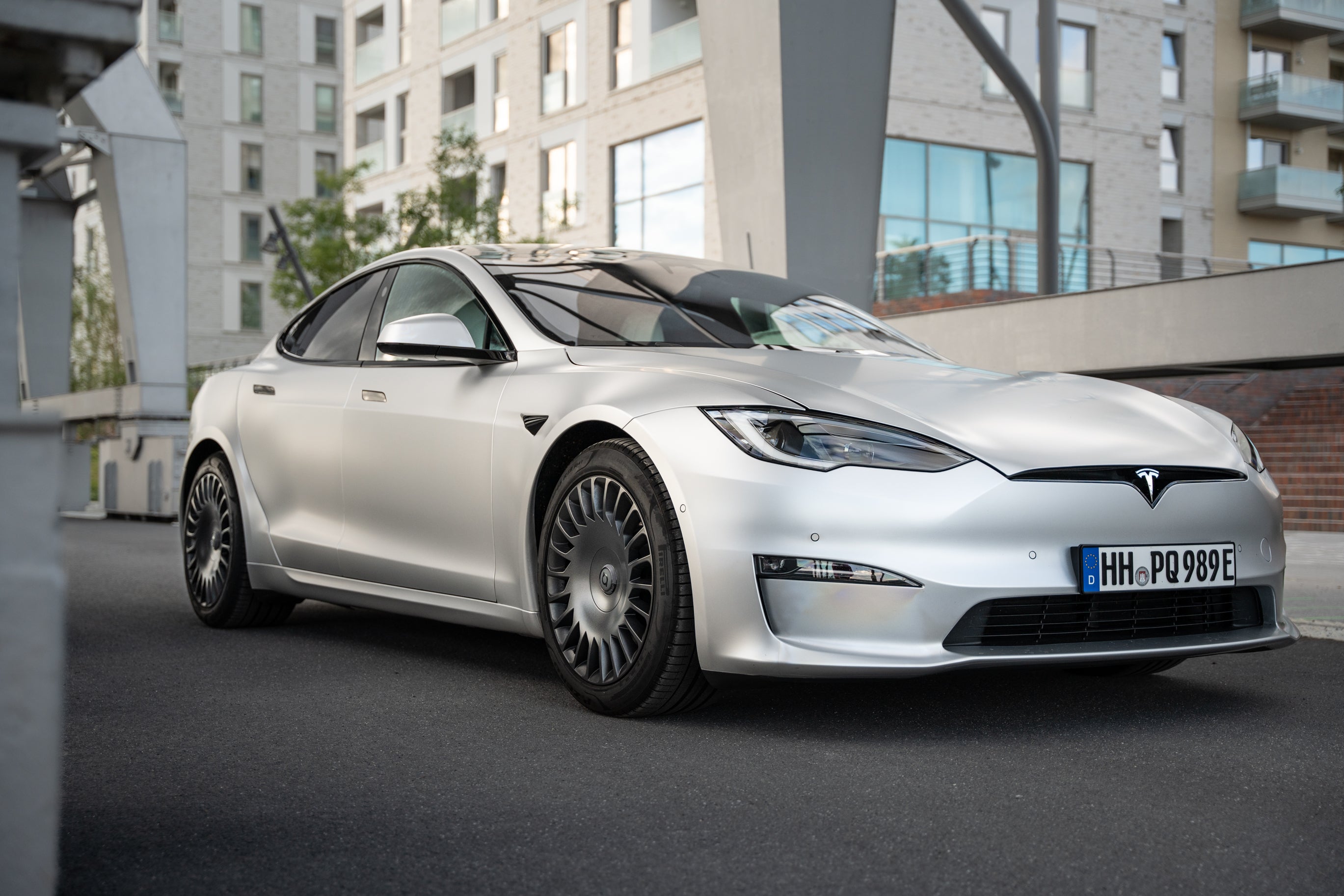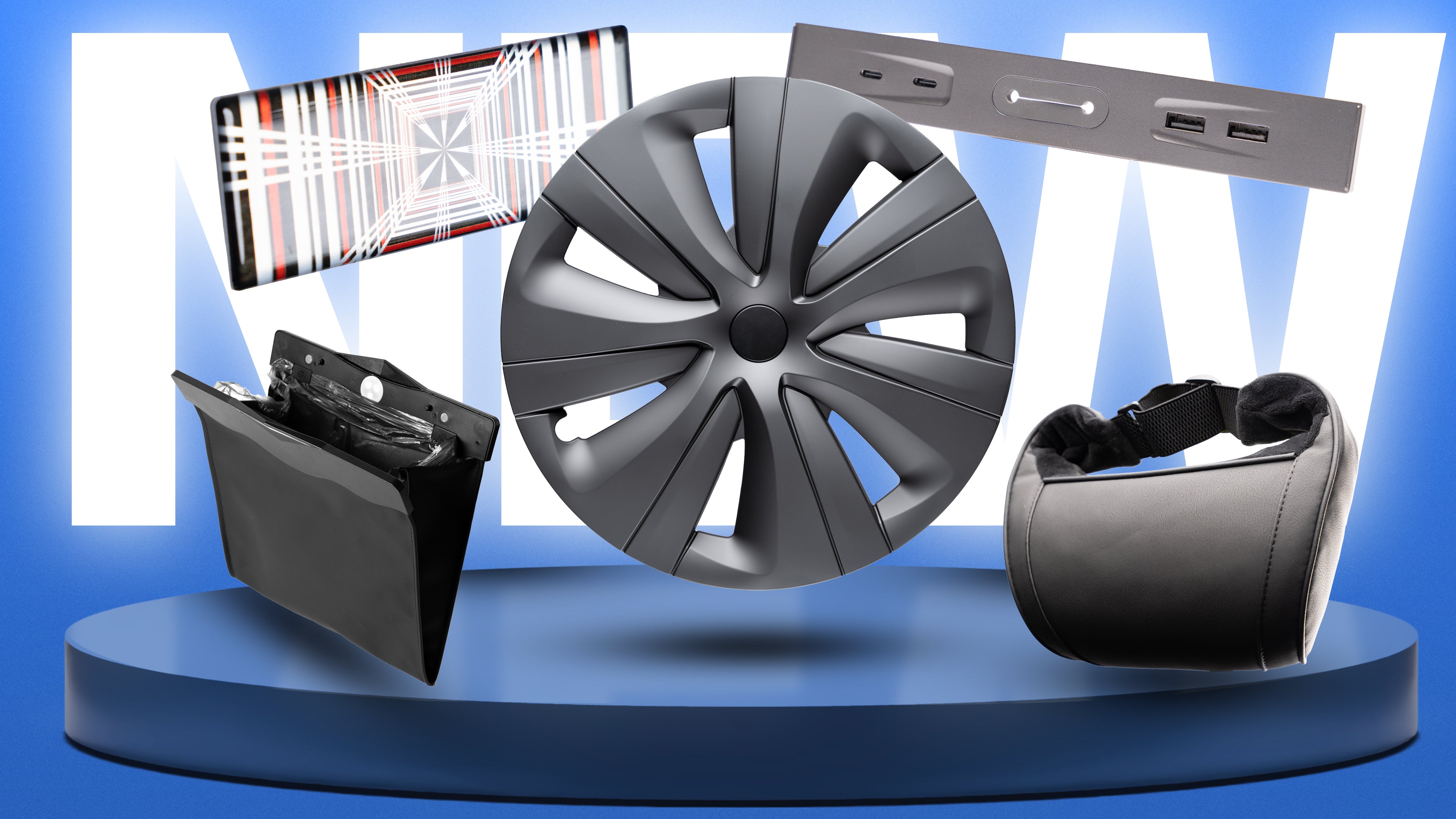A recent study by US researchers, including the renowned Tesla-battery researcher Jeff Dahn, has revealed new findings on the effects of high states of charge on lithium iron phosphate (LFP) batteries. The findings raise questions about the common practice of regularly fully charging electric cars and could lead to changes in charging recommendations in the future.
High charge levels damage LFP cells
The study, published in the Journal of Electrochemical Society, shows that repeated charging at high states of charge (SoC) negatively affects the service life of LFP cells. As with batteries with nickel, manganese and cobalt (NMC cells), a high state of charge also leads to an increase in the voltage of LFP cells, albeit with a different progression curve. If the battery is charged at a high voltage and increased temperature, for example during fast charging, harmful chemical reactions can occur in the electrolyte. These reactions lead to the formation of deposits on the anode, which reduces the usable capacity of the cell.
The researchers emphasize that the loss of capacity is greater if the battery is often operated at a charge level of 75 to 100 percent. On the other hand, the service life of the battery is extended if it is predominantly kept at a lower state of charge. The study therefore advises minimizing the time spent in high states of charge.
Conflict with the car manufacturer's recommendations
These findings contradict the current recommendations of car manufacturers such as Tesla and Ford. Tesla recommends, for example, that the LFP versions of the Model 3 and Model Y should be fully charged at least once a week, while Ford recommends a full charge every month. These recommendations are based on the need to calibrate the battery management system (BMS) so that it can determine the charge level and remaining range more accurately. As the voltage curve of LFP cells is flatter, the BMS requires regular fixed points, which are set by a full charge.
The study authors recognize that it is not realistic to operate LFP cells only in a low SoC range of 0 to 25 percent, as this would severely limit the usable capacity of the battery. They suggest that charging habits should not be fundamentally changed, but that the relationship between capacity retention and usable capacity should be weighed up individually.
Outlook: Possible adjustments in practice?
As Jeff Dahn, one of the leading experts in battery technology, is involved in the study, this research could have a long-term impact on car manufacturers' charging recommendations. It remains to be seen whether these new findings will lead to an adjustment of the recommendations in order to optimize the service life of the batteries without compromising user-friendliness.






































